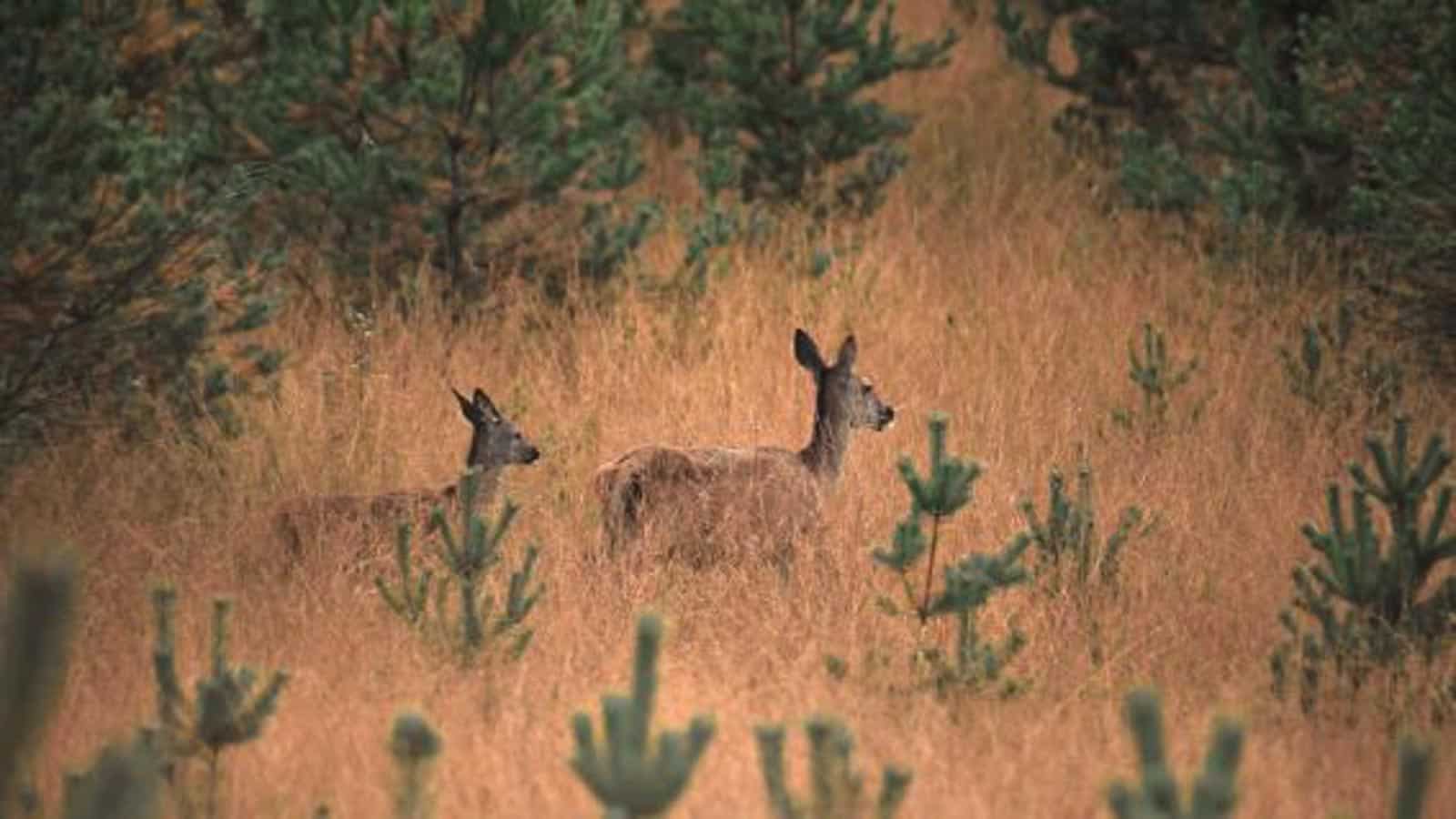United Nations: 1 Million species at risk
The United Nations have drafted a report on the human impact on natural resources and species risk of extinction. On April 29th, delegates from 130 countries will meet in Paris to agree on the final version of the report. The report will officially be published on May 6th. Although wording might change, the conclusions will not be altered. A staggering number of 1 million species are at risk of extinction in the next decade. These numbers are worrying, and should be sounding all alarms. Yet, many other reports have already done so, and still people seem to neglect the natural catastrophe we are heading towards.
Please also read: ‘You are stealing your children’s future’
Threat to human existence
The nature on our planet provides people with a lot of so-called ecosystem services. They are crucial to human survival, and without them we cannot survive. For example, the production of clear air, drinkable water, pollinating insects, and CO2 storing systems. Yet, people have severely altered already 75% of land, 40% of marine, and 50% of river habitats.
Practically all these services are facing immense pressure from logging, agricultural practices, hunting, and industries. Geographical distribution of threats indicates that the poorest communities are most vulnerable at this moment. The UN report states that losing these services is as much as a treat to human existence as climate change. In fact, loss of nature and climate change are closely interlinked and dependent on each other.
Undermining nature
Both climate change and loss of natural features are not just important for the environment, they are important for all living species, including humans.
The way we produce our food and energy is undermining the regulating services that we get from nature.

The continuous emission of greenhouse gasses accelerate the weakening of natural systems. Deforestation and agriculture together already account for 25% of all emissions. Furthermore, subsidies for unsustainable practices further encourage waste, inefficiency and over-consumption. Especially subsidies for industrial forms of fisheries, agriculture, livestock raising, forestry, mining and fuel production.
Species rate of extinction
Mammals are at the biggest risk of extinction. At this moment, humans and livestock account for 95% of all mammal biomass on Earth. At the same time, the collective weight of wild mammal biomass has decreased by 82% over the last decade. Scientists claim it is an indication that we have entered a new mass extinction event already.
The biggest indirect drivers of this extinction are the number of people in the world, and our growing ability to consume. This in turn causes species loss, disappearing habitats, pollution, climate change, and alien invasive species to thrive.







